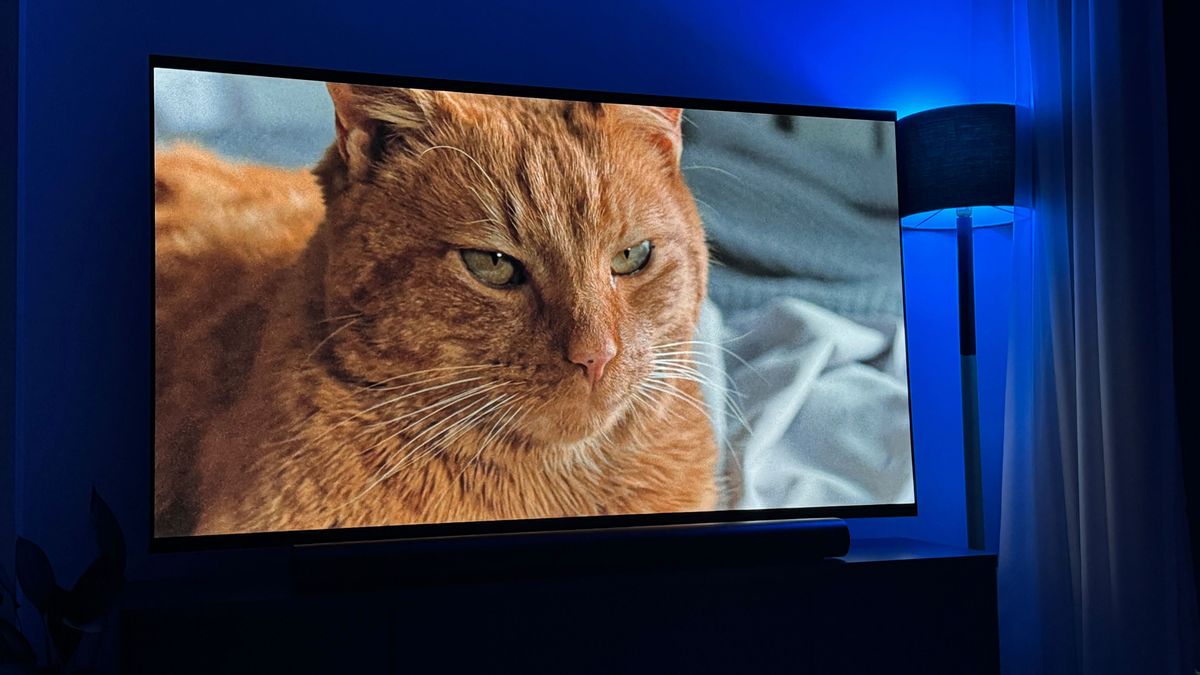The best TVs in 2024 are so sensational that they should almost be banned. Almost. However, when it comes to TV technology, progress is the name of the game, and so there's always an even better, brighter and more exciting TV on the horizon.
There is no denying that advances in TV technology are advancing at a rate that is wiping out bank balances. While that QD-OLED taking pride of place in your living room may be the best OLED TV out there right now, the simple fact is that it's likely to be usurped by a better model in 2025. Granted, these improvements may be minor – say, an improved UI to make it easier to navigate apps or a slight increase in brightness – but hey, an upgrade is an upgrade.
If you haven't bought a new TV in a while, 2025 could well lure you back into the market and get yourself a fresh display, be it a super-bright “MAX” OLED panel or possibly even the long-rumored debut TV from Apple. Read on to learn about the TV technology trends we think could emerge in the coming year.
Apple will enter the TV market
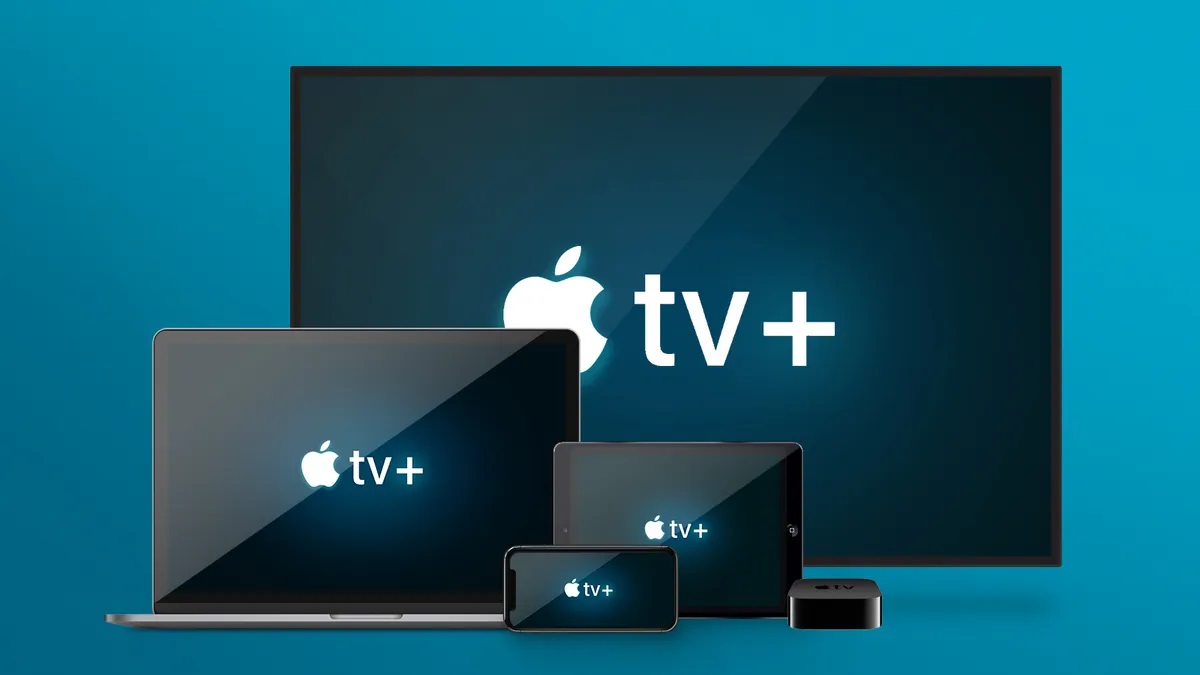
We're pretty sure early humans were riding woolly mammoths when rumors of Apple entering the TV market started – don't worry, you can completely trust our Ice Age facts. Well, in 2025, this long-running dispute could finally become a reality.
There have been rumors over the past few months that Apple is “exploring” the launch of its long-lost television. Why now? As more TV manufacturers require your data when you first set up your smart TV, Apple, which is expanding the privacy features of its devices more than ever, may have seen a gap in the market.
If Apple markets its supposed debut TV to those users who don't want to regularly give up their data every time they want to download an app, the Cupertino crew could have some sales success.
This being Apple, the long-standing software support would probably be excellent if the Californian company actually decided to release a TV. That's nothing to sneeze at when several traditional TV manufacturers haven't done a great job in this regard.
Add to that the fact that Apple fans have an almost cult-like regard for the company's products, and we can actually imagine a future where Apple releases an “I-TV,” if not in 2025, but certainly in the near future.
MAX OLED could set better and brighter standards
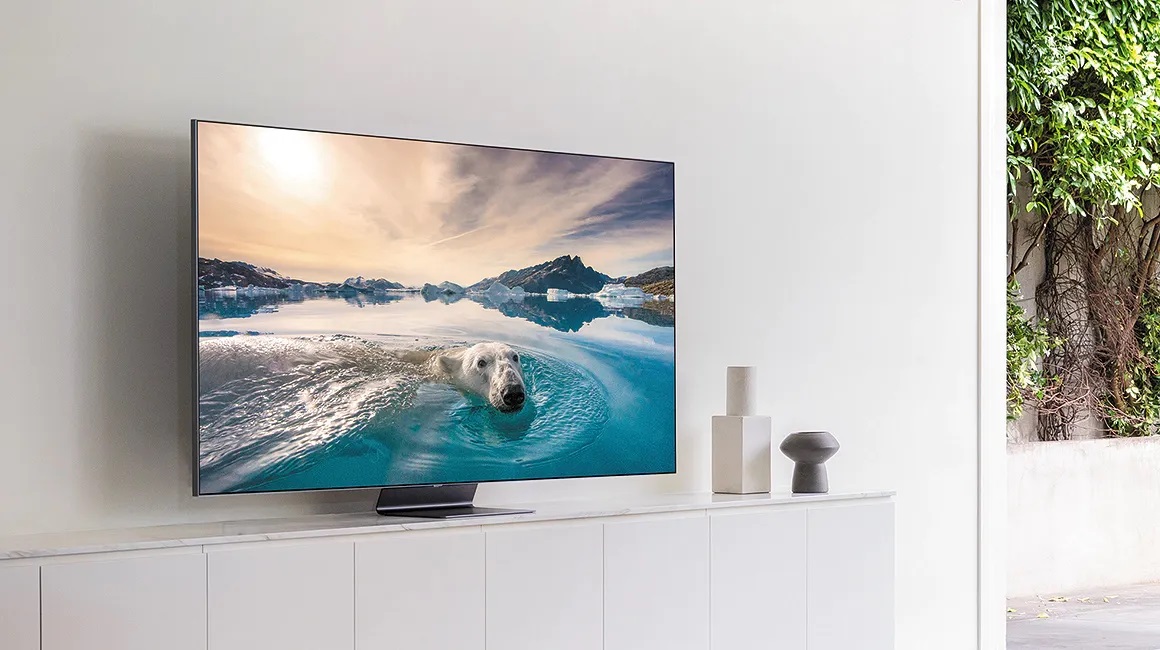
Thanks to Quantum Dot technology and Micro Lens Array (MLA) panels, the best OLED TVs over the past 24 months have achieved almost unimaginable levels of brightness compared to what the technology was previously capable of. But if a company called Applied Materials has its way, the future will excite your students even more as the images get even brighter. Better grab some sunglasses.
Without bombarding you with too many mind-boggling details: “MAX OLED” (via HDTV test) could be the next lottery ticket in the world of organic light-emitting diodes.
Developed by a company called Applied Materials, this new technology scales OLED manufacturing to triple brightness alongside W-OLED panels while more than doubling screen resolution. When it comes to Applied Materials, these advanced screens will deliver panels with a pixel density of 2,000 pixels per inch.
These rumored stats are definitely eye-catching, no question. A little less exciting, but more advantageous in practical everyday use? MAX OLED displays could be 30% more energy efficient than old-school OLEDs, and to top it off, they could also last up to five times longer.
Samsung is the first TV giant to jump on the MAX OLED bandwagon, and if the end results are as promised, we could be on board with the brightest, most eco-friendly version of The Premium TV technology currently available.
The viewing angle of LCD TVs is improved
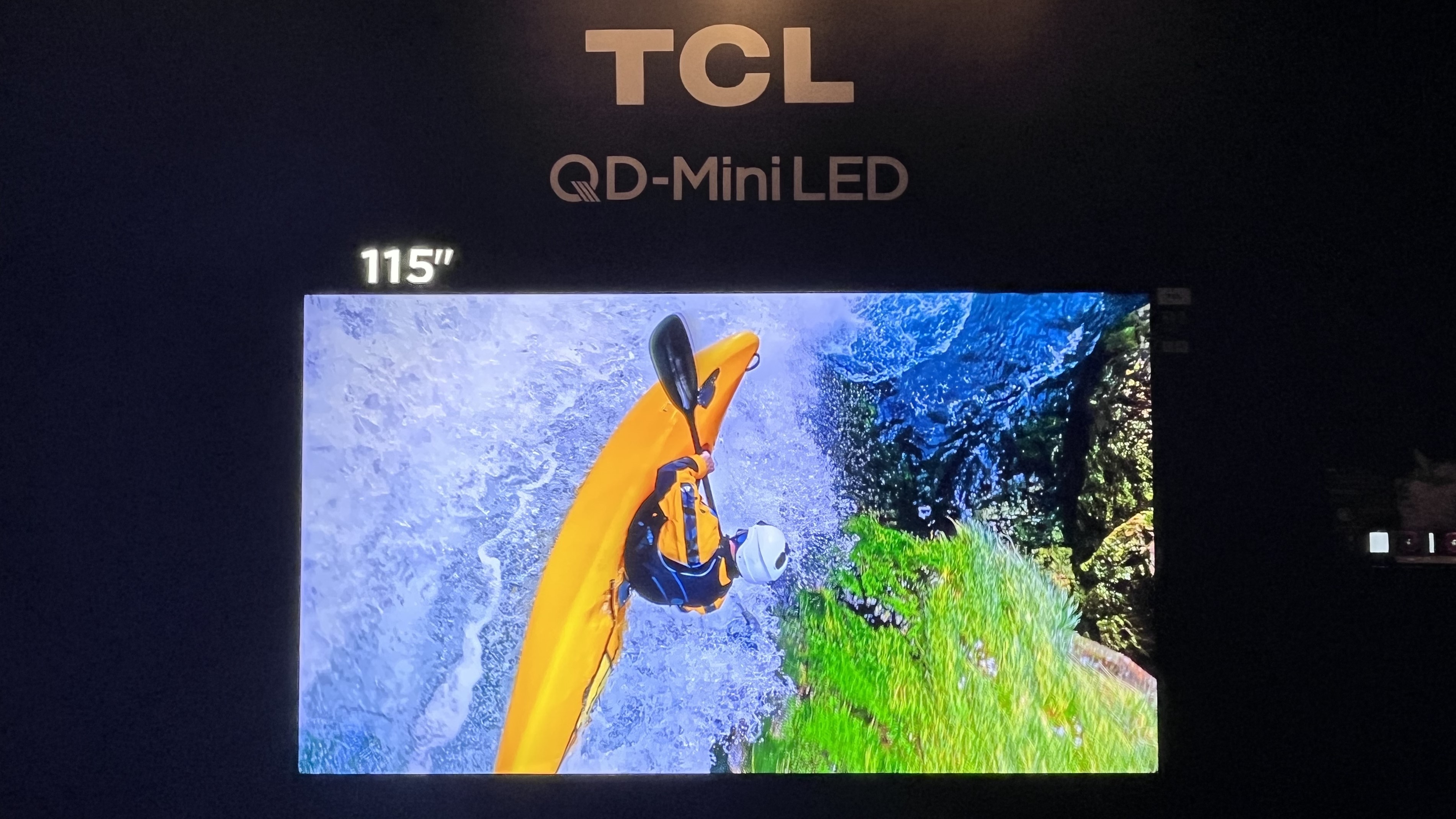
As OLED and mini-LED TVs continue to evolve, regular LED-backlit LCD sets have begun to feel more and more like the forgotten middle child in recent years. While the technology will never offer the contrast quality or compelling black levels of its competitors, certain LCD TVs will need significant upgrades in 2025.
According to a report (via HDTVTest), a range of high-quality WHVA LCD TVs from Samsung and TCL will be released next year, offering improved contrast and color when viewing content from wide angles – something that is popular with the conventional VA (Vertical Alignment) represents a historical weakness) LCD televisions.
These premium LCD panels are manufactured by TCL CSOT, a subsidiary of TCL. The company recently showed off some of these new screens at an event where it unveiled an 85-inch WHVA LCD TV with an impressive 150Hz refresh rate.
Considering that the majority of consumers still primarily buy LCD/LED TVs, it would be great if WHVA shook up and advanced a technology that has long needed significant revisions to address its glaring deficiencies.
More advertising on your smart TV
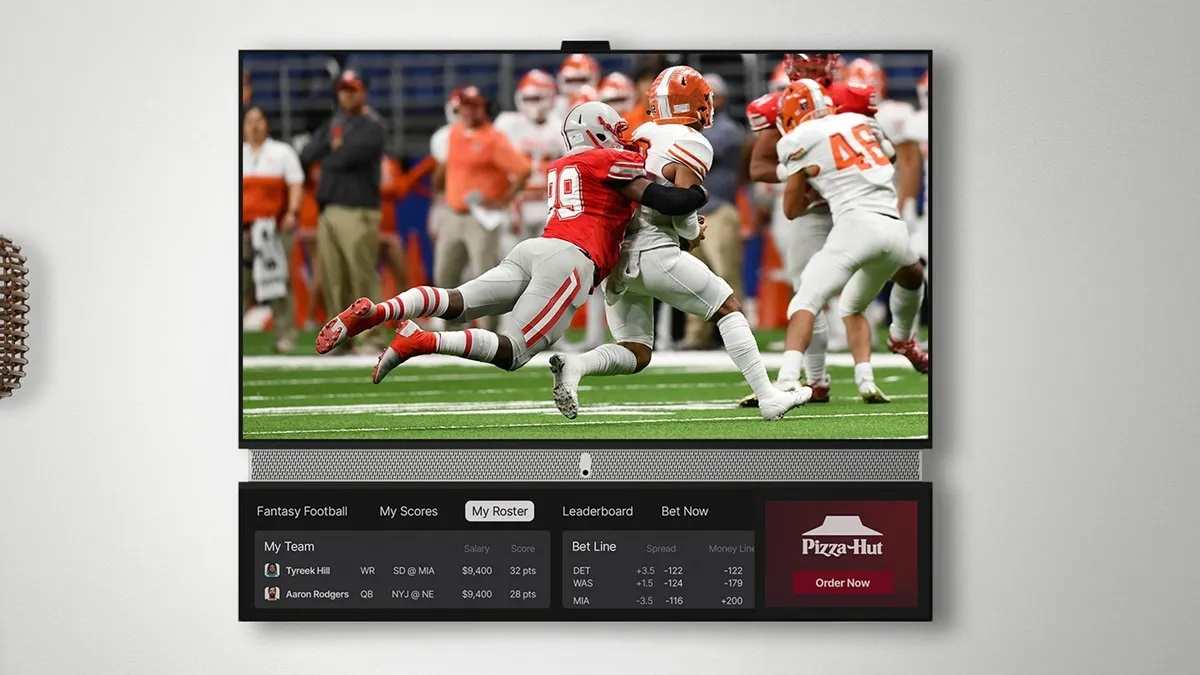
It's somewhat bleak to say that 2025 may not be all sunshine and lollipops for the future of TV technology. With several TV companies losing money on hardware to capitalize on advertising revenue (something that's particularly pronounced in the United States), it's difficult to imagine a future where unskippable commercials aren't the norm.
As TV prices continue to fall, manufacturers need new ways to offset these costs. Apparently the easiest way? Increase the number of ads that appear every time you turn on your smart TV's home menu.
If TV companies are willing to lower hardware prices to reach larger audiences they can target with must-play advertising, they're probably on the winning side. Do you really think about how many sales pitches you'll have to skip on your device when you buy a new TV on Black Friday?
Thanks to inkjet technology, OLED televisions are also becoming cheaper
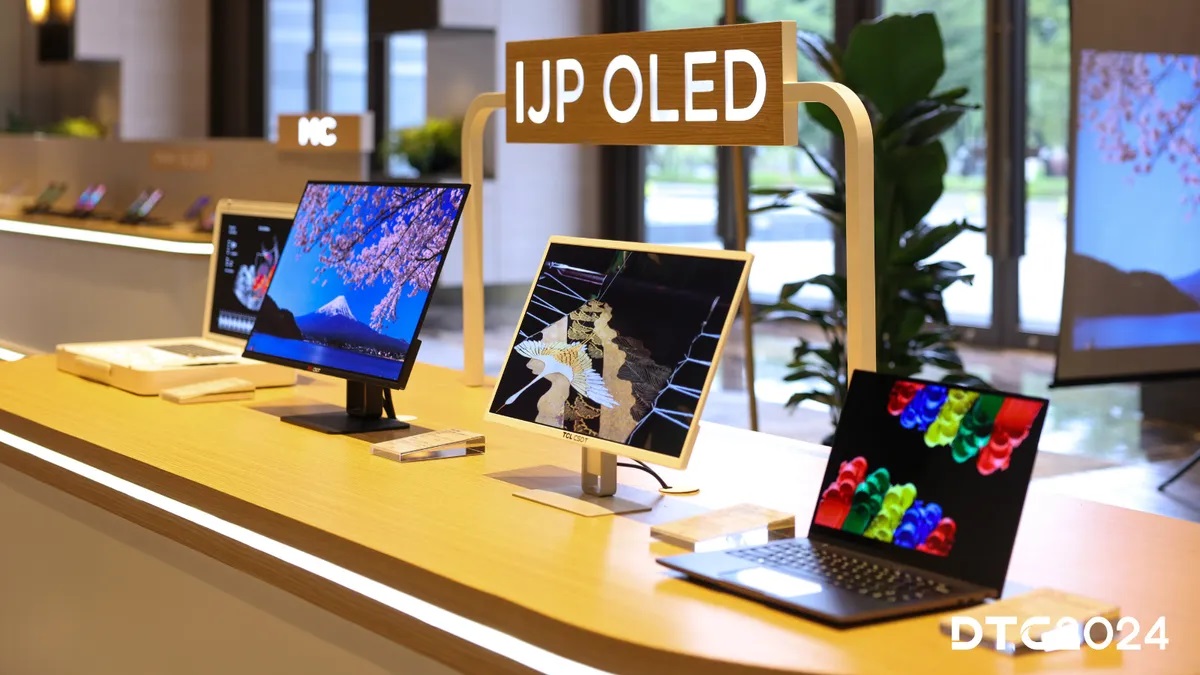
The prices for OLED televisions have fallen significantly in recent years, but they are still not particularly affordable. However, that could change in 2025 and beyond with the introduction of TCL inkjet printing OLED panels.
The Chinese company has been talking about inkjet in relation to OLED displays for a decade, but only now is the technology becoming a reality. The prototype technology is finally launching in the form of a 21.6-inch 4K OLED screen designed for use by healthcare professionals. The exciting knock-on effect for potential future OLED IJP televisions? The inkjet printing production process is 20% cheaper and 30% faster than producing traditional OLED panels.
Although it is currently unclear whether the IJP process in its current form can reach mass-market production, if it does, the cheaper cost will hopefully result in savings for people interested in inkjet OLEDs.
Not only could IJP OLED TVs be cheaper than traditional W-OLED screens, but they should also last longer and save you money on your electricity bill as they are said to be more energy efficient.
